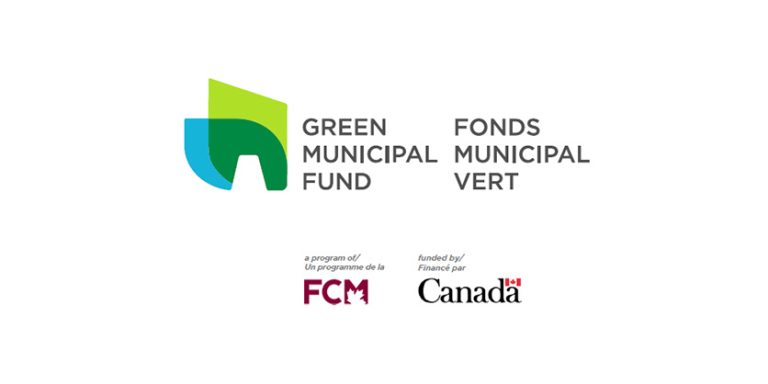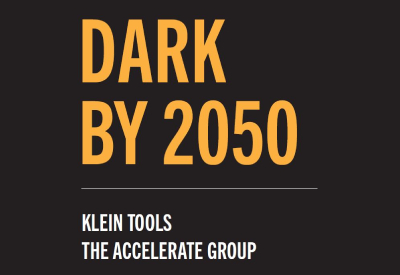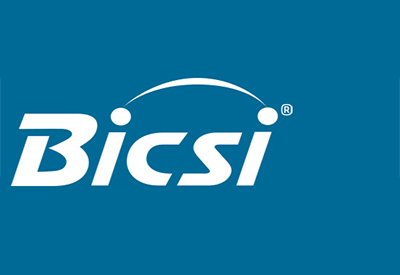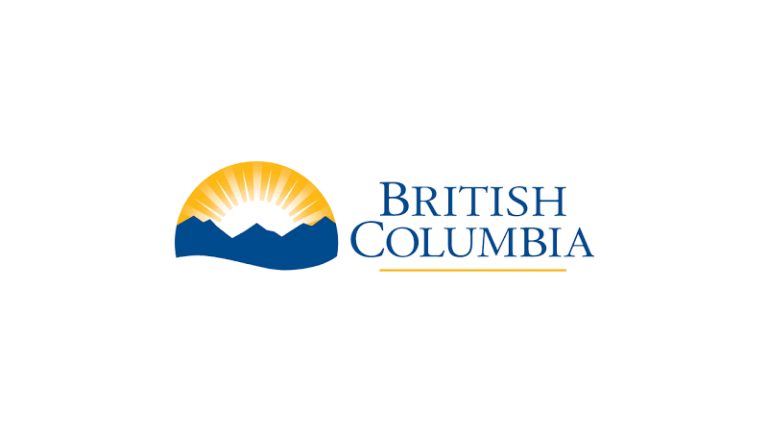Accessibility Standards Canada and B.C. Collaborate on Accessible Building Codes and Standards

July 6, 2022
Accessibility Standards Canada and British Columbia’s Ministry of Attorney General and Responsible for Housing have signed a Memorandum of Understanding (MOU) to optimize efforts and resources dedicated to creating a barrier-free Canada. This MOU acknowledges a formal agreement to share information and harmonize accessibility standards related to building codes wherever possible.
The MOU is also expected to support, foster, and enhance the ability of both parties to collaborate and coordinate efforts in the area of building codes and standards. The aim is an inclusive, cohesive, and barrier-free British Columbia and Canada.
Harmonizing standards across federal, provincial, and territorial governments is especially important in this area. It will allow for a more uniform approach when accessing buildings and their amenities, including entrances and washrooms across the country.
Through this MOU, both parties agree to:
- identify and coordinate priorities;
conduct and share research products; and
develop and propose accessibility standards related to building codes.
The national harmonization of standards carries benefits for all Canadians:
- It increases the potential for a cohesive accessibility experience across Canada.
It ensures that standards reflect the needs of people living with disabilities, regardless of jurisdiction.
It promotes equity and consistency of accessibility for people with disabilities as they live, work, and travel in Canada.
Quick facts
- The MOU validates a mutually beneficial working relationship between Accessibility Standards Canada and the British Columbia Ministry of Attorney General and Responsible for Housing. It acknowledges their complementary roles relating to accessibility standards and research.
- The MOU focuses on developing a building accessibility standard. It will incorporate equity-based technical requirements that British Columbia can use as it works towards its mandate to update the British Columbia Building Code. Their aim is to make new buildings more accessible for all people.
- Accessibility Standards Canada already has a technical committee working on a model standard for the built environment. The organization aims to publish the draft accessibility standard for public review in the spring of 2023.
- Where possible, the harmonization of standards seeks to optimize everyone’s individual and collective objectives. Sharing knowledge and best practices reduces and eliminates the duplication of resources and efforts to benefit all Canadians.
Quotes
“I am proud of our work with the British Columbia’s Ministry of Attorney General and Responsible for Housing, as it will lead to better coordination and collaboration. By sharing accessibility best practices, specifically in the area of building codes and standards, the standards we develop will have a greater positive impact on the lives of all Canadians. Harmonizing standards ensures that the way people experience accessibility in Canada is consistent and seamless no matter where they are. We will continue to collaborate with other provinces and territories for the benefit of people living with disabilities, and all Canadians.”
Philip Rizcallah,
Chief Executive Officer, Accessibility Standards Canada
“The B.C. Government is committed to increasing accessibility to support all people in entering, exiting, and moving safely throughout buildings and public spaces in their communities. This Memorandum of Understanding will ensure coordinated efforts to achieve this goal provincially and nationally as we work to eliminate barriers to accessibility for all people living with disabilities.”
Dan Coulter,
Parliamentary Secretary for Accessibility, British Columbia
















